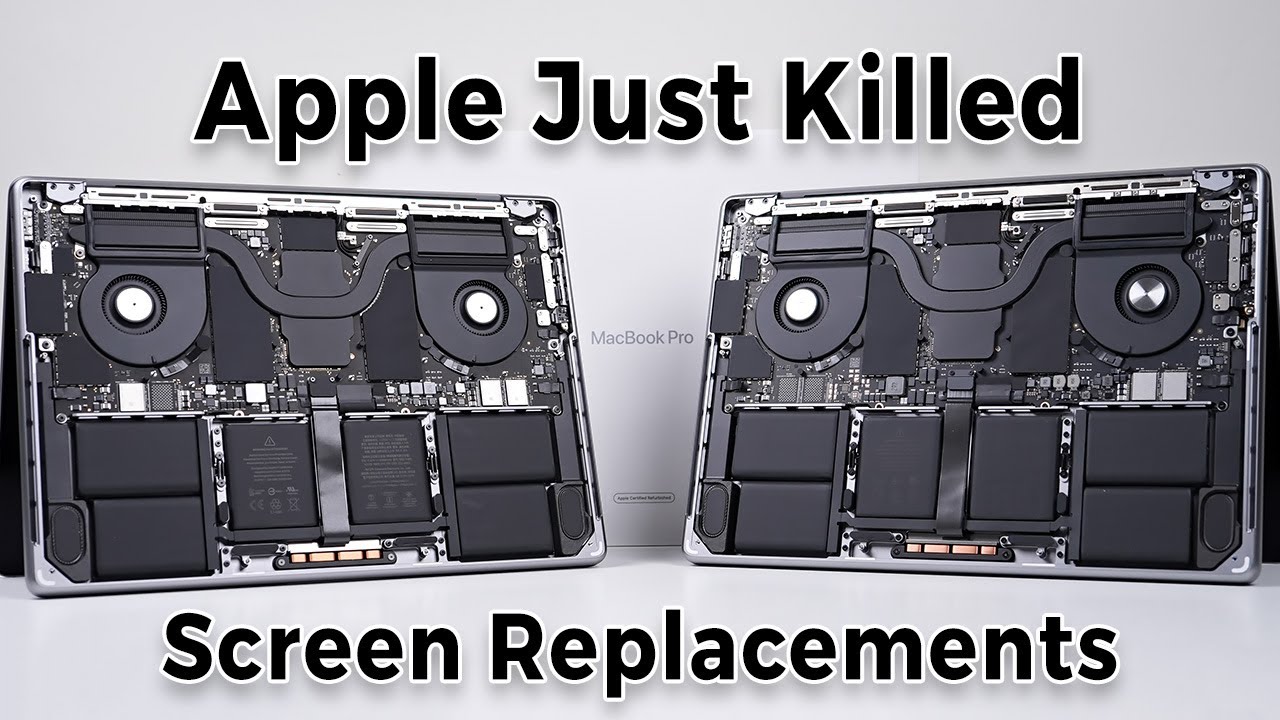No surprises here. Just like the lockdown on iPhone screen and part replacements, Macbooks suffer from the same Apple’s anti-repair and anti-consumer bullshit. Battery glued, ssd soldered in and can’t even swap parts with other official parts. 6000$ laptop and you don’t even own it.



I take issue with some of the statements here. First of all:
Right to repair is definitely not just being pushed by repair shops. If you take a good look at the rate Framework is selling devices at (batches instantly sold out until Q1 2024), you’ll see that consumers want this more than any other group. We, as the consumers will ultimately benefit the most from having repair options available. Right to repair is not meant to halt innovation, it is not about forcing manufacturers to design products in ways detrimental to the functioning of said products. It is about making sure they don’t lock third parties out of the supply chain. If you replace a traditional capacitor with a SMD variant, someone is going to learn to micro solder. If you convert a chip from socketed to BGA mount, someone is going to learn how to use a heat plate and hot air gun to solder it back in to place.
The main problem is manufacturers demonstrably going out of their way to prevent the feasable.
The second part I take issue with is this:
From my 12 years of experience in design of consumer goods and engineering for manufacturing I can tell you this is not happening because no one is going to pay for it. The more tightly you bond these “constituent matters” together, the more time, energy, reasearch and money it will require to convert them back into useful resources.
There is only one proper way to solve this problem and it is to include reclamation of resources into the product lifecycle design. Which is currently not widely done because companies put profits before sustainability. And this model will be upheld until legislation puts a halt to it or until earth’s resources run out.
In terms of sustainability the desireable order of action is as follows:
Only thing is that repair technically should belong to “prolong” I think, so even more desireable.